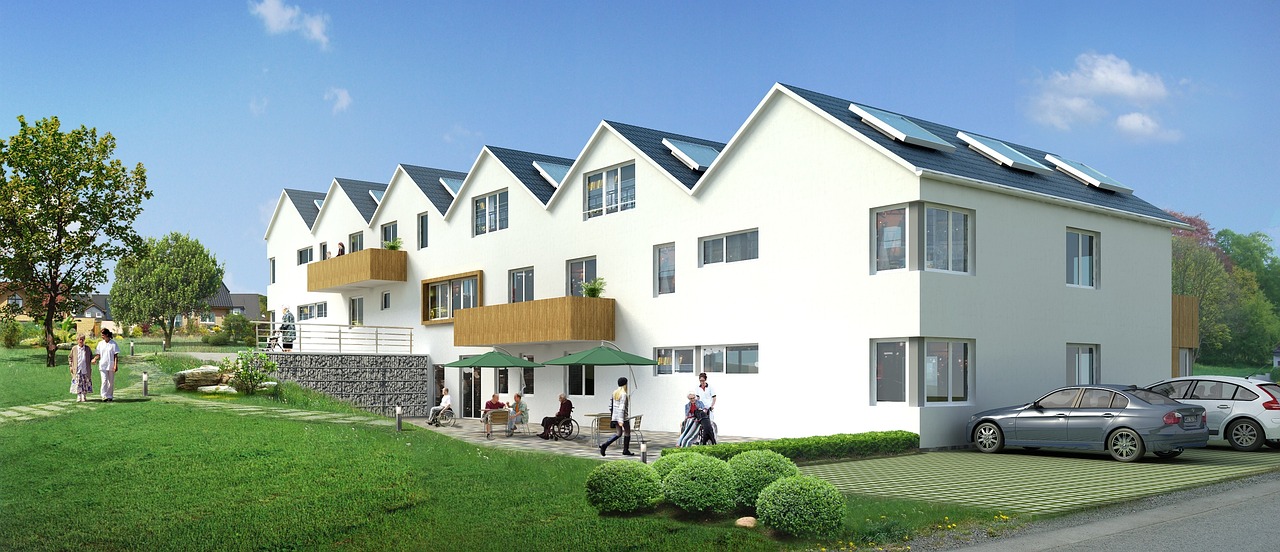Washington State stands at the forefront of innovative housing policy, recently enacting laws that revolutionize Accessory Dwelling Units (ADUs) and subdivision regulations. These measures aim to address the critical need for affordable housing while promoting sustainable, community-centric development. Let’s explore these laws, their potential impact, and what they mean for homeowners and communities across the state.
Understanding ADU and Subdivision Laws:
Washington’s new ADU and subdivision laws usher in a new era of housing flexibility, empowering homeowners and developers alike. Here’s a breakdown of their key provisions:
1. Accessory Dwelling Units (ADUs):
– Simplified Permitting: The laws streamline the ADU permitting process, removing bureaucratic hurdles and making it easier for homeowners to add secondary units to their properties.
– Design Flexibility: Homeowners have greater freedom in designing ADUs, allowing for customization to suit individual needs and preferences.
– Affordable Housing Incentives: Incentives are provided to encourage the construction of affordable ADUs, expanding housing options for residents across income levels.
2. Subdivision Regulations:
– Density Options: The laws offer flexibility in density requirements, allowing for smaller lot sizes and promoting diverse housing options within subdivisions.
– Cluster Development: Incentives are provided for clustered development, preserving open space while fostering a sense of community.
– Infrastructure Planning: Emphasis is placed on coordinated infrastructure planning to support new subdivisions, ensuring sustainable growth and access to essential services.
Potential Impact and Benefits:
Washington’s ADU and subdivision laws offer a multitude of benefits for homeowners, developers, and communities:
– Affordable Housing: By streamlining the ADU process and promoting diverse housing options, the laws increase affordability and accessibility for residents.
– Sustainable Growth: Flexible subdivision regulations and clustered development promote efficient land use, reducing urban sprawl and preserving natural landscapes.
– Community Vibrancy: ADUs and clustered subdivisions foster vibrant, interconnected communities, enhancing social interaction and quality of life.
– Economic Opportunities: Simplified permitting and incentives create economic opportunities for homeowners, developers, and local businesses, stimulating growth and innovation.
Challenges and Considerations:
While the new laws hold promise, several challenges must be addressed for successful implementation:
– Infrastructure Needs: Coordinated infrastructure planning is essential to support new developments and ensure adequate services for residents.
– Equity and Inclusion: Efforts must be made to ensure equitable access to housing options and address issues of displacement and gentrification.
– Community Engagement: Meaningful engagement with stakeholders is crucial to ensure that development projects align with community needs and values.
Some of the recently Passed laws:
- Revised Code of Washington (RCW):
- RCW 58.17: This chapter of the RCW covers the subdivision of land and related regulations, including provisions for platting, zoning, and development standards.
- RCW 36.70A.540: This section pertains to ADUs and DADUs in residential zones and outlines regulations related to their construction, permitting, and use.
- Washington Administrative Code (WAC):
- WAC 365-196: These regulations provide guidance on the subdivision of land, including requirements for preliminary plat approval, infrastructure improvements, and subdivision design standards.
- Local Zoning Codes and Ordinances:
- Many cities and counties in Washington have their own zoning codes and ordinances that govern the subdivision of land, as well as the construction and use of ADUs and DADUs. These local regulations may include specific requirements for setbacks, lot coverage, size limits, parking, and other aspects of development.
- Recent Legislative Changes:
- In recent years, Washington State has enacted legislation aimed at promoting the development of ADUs and DADUs as a means of increasing housing supply and affordability. These changes have included streamlining permitting processes, relaxing restrictions on ADU/DADU size and design, and offering incentives for affordable housing development.
- Growth Management Act (GMA):
- The GMA, established in RCW 36.70A, sets forth statewide planning goals and requirements for local comprehensive land use planning. Compliance with the GMA may influence local regulations related to subdivision, ADUs, and DADUs.
For a comprehensive understanding of subdivision, ADU, and DADU laws in Washington State, individuals and developers should consult relevant state statutes, administrative codes, and local zoning ordinances, as well as seek guidance from local planning departments and legal professionals familiar with land use regulations in their specific jurisdiction.
 Facebook
Facebook
 X
X
 Pinterest
Pinterest
 Copy Link
Copy Link


